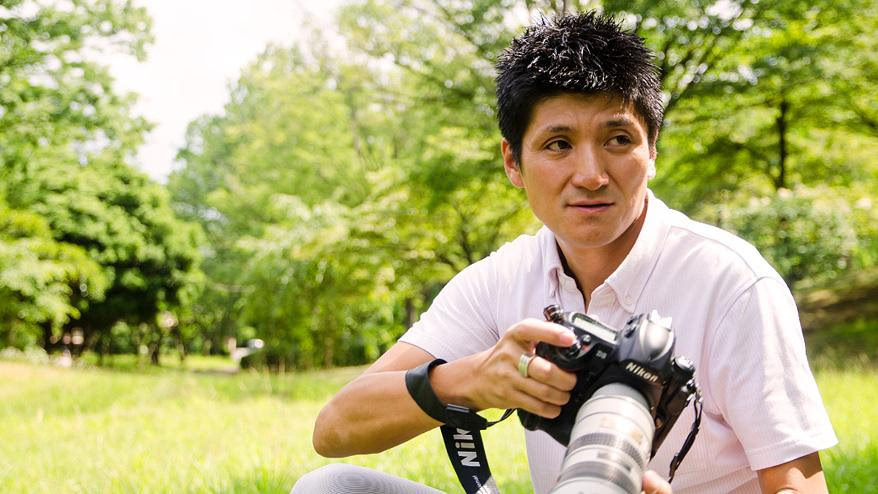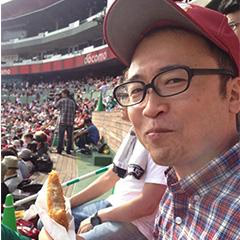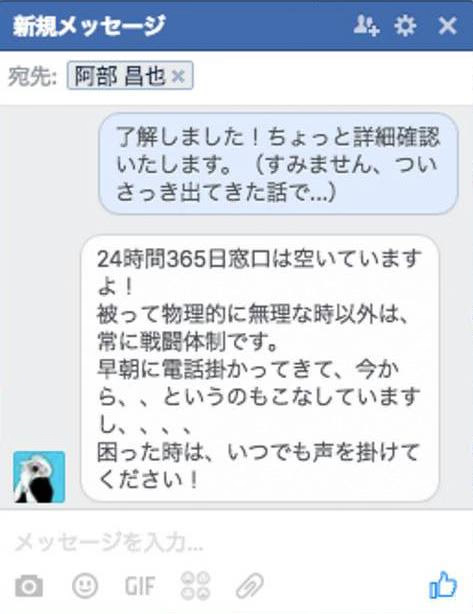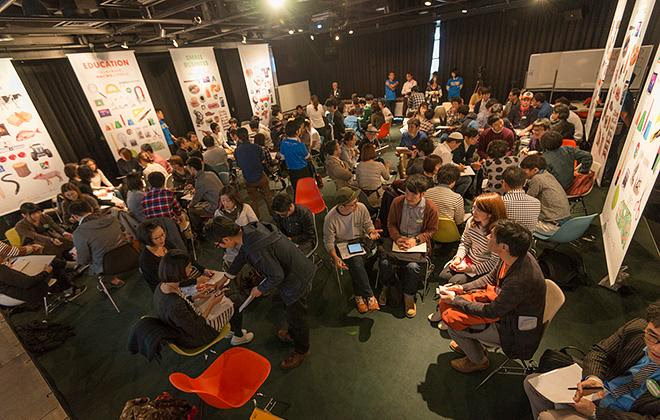This time, we will be featuring photographer Masaya Abe. Abe has been working as a freelancer since he was 23 years old, and is a multi-talented photographer who takes photos of things like cars and food, portraits, and landscapes, regardless of whether they are for print or web media.
In addition to our business ties with Monosus, we have a deep connection with them, including the fact that he also serves as a lecturer for Monosus camera courses .
I met Mr. Abe about eight years ago, when I was in charge of producing a magazine for car manufacturers' owners at my previous job at an advertising production company. The team was formed with the cooperation of various external partners, and I was introduced to Mr. Abe by the editor-in-chief at the time...
Well, if I were to write about it, it would get really long, so I'd recommend you read the interview with Abe below. (laughs)Even now, eight years later, I still ask him to take photos for various projects for Google, which I am currently in charge of, and he has always been very helpful to me (his reputation among clients is also excellent). Whenever I receive a consultation about a photography project, I quickly ask Abe on Facebook Messenger, "Can you do it?", and he always replies in no time with, "Let's do it!" It's so reassuring.
They are also happy to assist with sudden photography inquiries!When I was preparing to interview Abe for this "Meguru Measuring Ruler," I was thinking back to what was the most memorable episode from working with him.
The hard location shoots I did in my previous job (like shooting in Kumamoto for the day, etc.) and the KNF (tough, sleepy, want to take a bath) jobs are now good memories. However, the most "happy" moment was shooting at the Google Innovation Tohoku event INTERNET FOR LOCAL DAY held last fall.
INTERNET for LOCAL DAY invited various guests active in the local area and involved participants in a lively discussion on the theme of "What everyone can do for the local community through the Internet." Abe perfectly captured the excitement swirling around the venue.It was a long day of shooting at an event, and I think I asked Abe "How is it going?" when we had finished the first half. I meant to ask how the shooting was going, but Abe replied with an excited look on his face, saying something unexpected.
"Well, I've learned so much myself...!"
I couldn't help but tear up when I heard this comment from Abe. He empathizes with and immerses himself in the speakers and participants of the event he is photographing, and what is happening in that space, and leaves a record in his photographs. He never takes photos out of habit. He takes on the perspective of both us, the planners, and the participants, in other words, he tries to become one with them. I felt the spirit of Abe Masaya, a professional, in these words. At the same time, I was truly glad that Abe photographed me, and that I was able to have a relationship with him that allowed us to share this site. It's not just a relationship of ordering and receiving the order, anymore.
I was talking about takoyaki with Mr. Abe on the way back from a location shoot in my previous job (Mr. Abe is from Kansai), and we promised to have a flour-based home party! It's been years since then. Finally, it's come true with this interview! That might be the happiest thing. (laughs)
(Monosus Yamauchi Makoto)
I want to achieve results according to the circumstances. I don't want to be someone who uses the environment as an excuse.
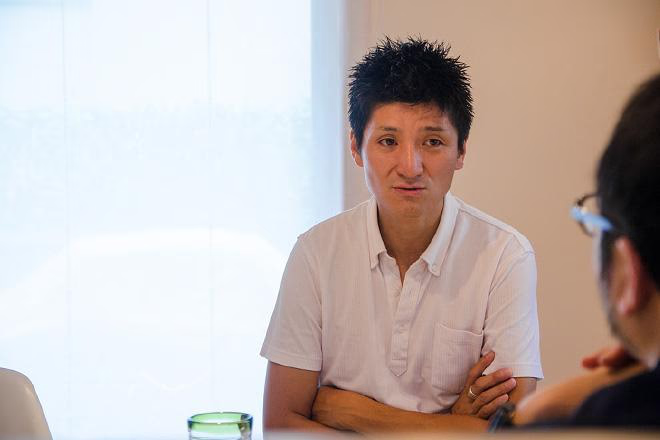
Abe and Monosus's Makoto Yamauchi's encounter dates back to the time when Yamauchi was working in his previous job producing a public relations magazine for an automobile company. He would take a shot of a car and its owner in one shot, and then shoot a cut that hinted at the story of the car and the person. The three of them, including the writer, would travel around Japan.
"All the photoshoots I did with Shin for the owner magazine are memorable and I have a lot of feelings for them. But when I hear the question, the one that springs to mind is the SUV owner."
The owner, a train photographer living in Tochigi, chose an SUV that can handle rough roads and can carry a large amount of equipment. To highlight this combination, the photoshoot took place at a spot where the owner usually takes train photos.
"The owner aimed the camera at the train, hoping to get a shot with the car parked on the riverbank behind it in the picture. But in order to capture the locomotive as it passed by, the owner kept going further and further into the river (laughs).
When that happened, I had to get into the river to get the best angle. It was a warm season, so I thought, "I just have to take it off," and I got in and took the picture in just my underwear. It's been about six or seven years since then, but I still exchange New Year's cards with the owner."
Unlike travel snapshots, outdoor photography like this does not mean you can just take a photo and use it. The subjects are ordinary people who have never been photographed by a professional. The locations are often gardens in front of their homes or garages, which are not very photogenic.
Under these conditions, Abe always managed to take shots that made the owner and their car look attractive and conveyed the relationship between them.
"When shooting outdoors, the environment is not always ideal, and you never know what the situation will be like until you arrive at the location. There are few factors we can decide, such as the weather, the time, the condition of the model, or the location, so we have no choice but to shoot under the conditions that are there. In those conditions, I try to leave aside excuses and achieve results."
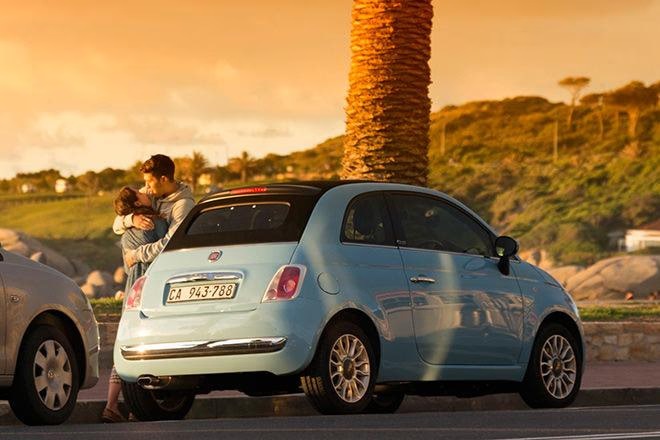
In Cape Town, South Africa, where he visited for work. He says that the snapshots he takes outside of work are also useful for his work.
As the lens is pointed at them, men and women of all ages get nervous, and he speaks to them seriously and at a good pace, saying things like, "Pretend you're an actor," and "This will stay with you forever, so let's take a really good photo," to get them in the mood and bring out their best expressions.
We scout locations within the constraints of time and space, and identify the situation most likely to give rise to a story.
Creating an atmosphere where the person being photographed can enjoy being photographed.
Good photography cannot be measured solely by the skill with which the camera is used. Directors and editors who work with Abe on set are reminded of this fact.
"I don't want to be the kind of person who blames things or the environment, and as a professional, I have to produce results no matter what the situation.
I think the reason why there are people, including Shin, who say "Abe has good movements" is because he works hard every day to get results and take good pictures.
And as a member of the team creating the work, whether or not they understand that attitude is a very important point when working together.
For example, he thinks about the person he is shooting and takes time to scout locations before shooting. Some people see that as "too much effort," but there are also people who think about why that effort is necessary. If I were to team up with someone like that, I would want to work with them."

Abe, who has taken many photos of cars, is a car enthusiast who has even participated in races on the circuit himself. His workroom is lined with model cars, and there are also numerous illustrations of cars on display.
My belief in each and every photograph has not changed.
However, this feeling has become even stronger recently.
About a year after Yamauchi joined Monosus, the creative scope of the projects they handled expanded, and they began to hire outside photographers for more projects.
"I think the first time I was asked to do this was to take a portrait of the chairman of the Tokyo Institute of Technology, for the renewal of the website. With a serious look on his face, Shin told me, 'This is a big project for Monosus, and of course the design and content are important, but the photos are also very important,' and I remember feeling even more motivated than usual.
Because, even though many of our relationships ended when I left my previous company, I was happy that they wanted me to photograph them again. I had a strong desire to live up to that feeling."
Although it was an important project, there was not a large budget available, and Yamauchi, who had requested the work, felt somewhat guilty.
"In fact, there are more and more cases where people say, 'We don't have the budget.' But if you get depressed thinking, 'There's no budget,' I think the future of this world is bleak. Also, there are two meanings of the same "We don't have the budget." One is, 'We don't have the budget, so please use this,' and the other is, 'The budget is small, but I would like Abe to shoot it.'
If I were to turn down requests based on the latter idea by saying, "I can't do it for that fee," and chase money, I don't think I would be able to take good photos. Above all else, I want the people who are the subjects of my photos and who order them to like them.
In the end, if I can take good photos, I'm sure I'll be asked to come back again, and my connections will grow."
Abe, who has been in the field for many years, says that he has felt a sense of discomfort and crisis increasingly in recent years.
“I think that both production companies and clients have become too frivolous about the idea of taking photographs. If frivolous is a bad word, then perhaps we can say that photography has become more familiar.
Purikura became popular, ordinary people started to like taking selfies, and smartphones became widespread, so taking pictures and being photographed became commonplace. That makes me happy as a photographer, but at the same time, even in the production field, photos are being treated somewhat lightly.
For example, when it comes to secondary use, people are increasingly saying things like, "I took that photo that time, so give it to me." They don't have the budget, so they want to reuse it. They already have it, so they want to use it for free. I understand that chasing money leads to that conclusion, but if things continue like this, I think it will definitely become harder for photographers to make a living."
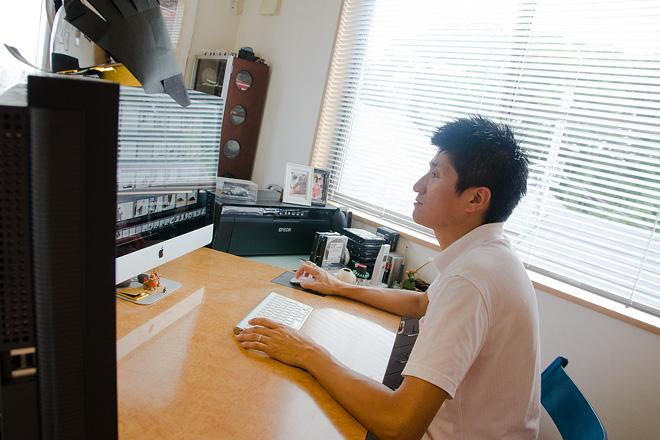
A photo of him at work correcting a photograph he'd just taken. Under his desk is a special seat for his pet cat. Behind the blinds is a view of greenery, allowing him to relax as he works.
This is not just a problem with photography, but applies to all aspects of creativity. How can we differentiate ourselves and have our value recognized? Abe thought the following.
"We don't have the budget. So let's take the photos ourselves. Let's use what we have. This is the law of nature, and we can't go against it. So even if you say, "Just let me take the photos, even if you have to allocate the budget! You won't let me take the photos?!" I don't think there's any future.
My goal is to become a photographer that people say, "Only Abe can take those kind of photos." I want to compete in areas other than cost.
To achieve this, we had to think carefully about how to take a single photo at a single location. If it were a magazine, it would be a photo that would make the customer say, "This is the one photo we'll use for the full spread." In the case of the PR magazine that Shin and I did, it was about expressing the story of the car and its owner in one shot.
I feel that it is right to focus on the feelings I put into each photograph, and my belief that I should bet on that has not changed from the past to the present. However, that feeling has become even stronger recently.
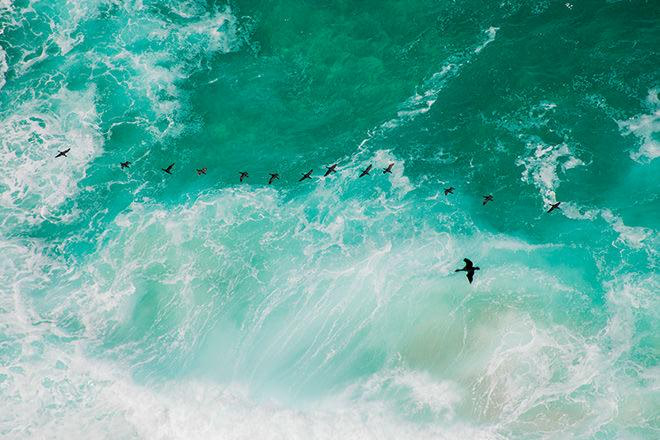
Photographed at the Cape of Good Hope, South Africa
We value family-like connections,
I want to get bigger and bigger.
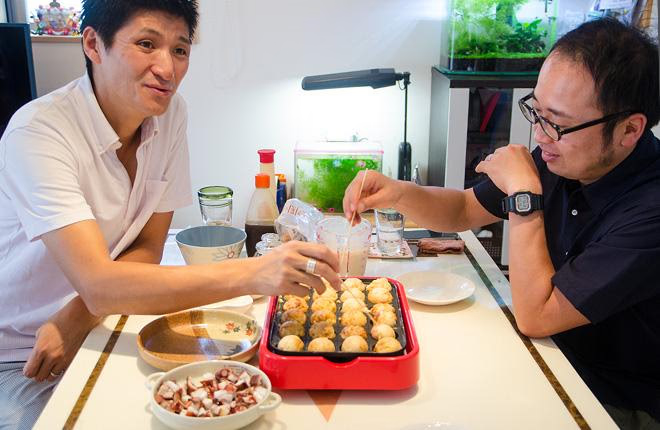
Abe serves takoyaki to Yamauchi during the interview, fulfilling a promise he made years ago to "Let's have a flour-based party!"
Abe responded to our interview with the same enthusiastic enthusiasm he had during the shoot. What does Monosus mean to him?
"Of all the production companies out there, I think this is the only one where we don't have to be careful. The "ki" in "ki o wa nai" means "weird." It feels more like a family. I'm just an outsourcer, so I have to be careful about that distance, and if I get it wrong it really doesn't work. It really feels like we work together as if we were family.
For example, even if the photos for the Tokyo Institute of Technology project turned out poorly, I would feel like I was causing trouble for my family. That goes for Shin-san, Nakani-san, and everyone else. It's really easy to work with them, and I feel like Monosas has accepted me as a family member and protected me."
Finally, we asked photographer Masaya Abe about his future plans.
"I might be hated for talking about my dreams as a man who turned 45 this year, but I think that both men and women need to have dreams. There are many photographers out there, but there is only one photographer named Masaya Abe. I want to increase the number of people who understand this, and become a photographer that people say only Abe could take those photos. That is one of my dreams, my goal, and I don't think I can survive without it.
That's why I want to get bigger.
People tend to say that as people get older, they have become "rounder," but I think the general usage of that phrase is that it gives the impression of a big, rugged block becoming rounded off. But if that's the case, then the volume of the block becomes smaller, like a sphere.
Rather than trying to make things smaller by trimming off their rough edges, I want to fill the gaps between the corners with wisdom and experience, and grow bigger as a sphere. For example, when I look at a photo I took a year ago, instead of just thinking, "I worked hard then," or "I did my best," can I think, "I could have done better," or, "If it were me now, I would do it like this?" I always do my best at each location, but now I can do even better. I don't think I'll grow bigger unless I break out of my own container in this way. I think it's important to always cherish the feeling that I could take better photos."
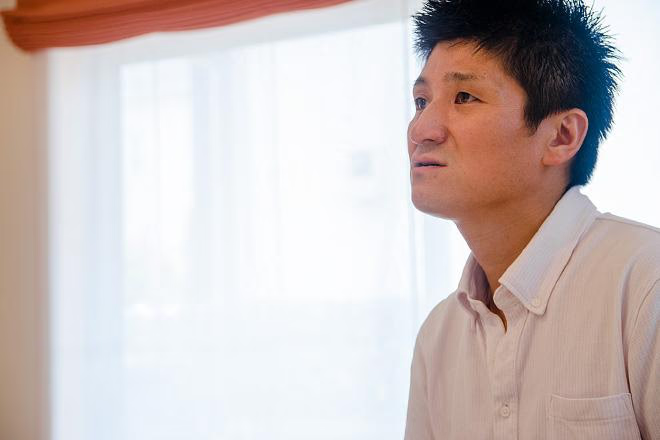
No matter what offer he receives or what the shooting environment, he always tries to see things from the same perspective and does his best. Abe spoke at length about his professional spirit. What was nice was that he described his relationship with Monosus as "family."
Their serious approach to their work brings a sense of fulfillment and excitement to the families who work with them, and this is why the sense of teamwork grows with each work assignment.
I felt that I wanted to continue spending a lot of time together, motivating each other.
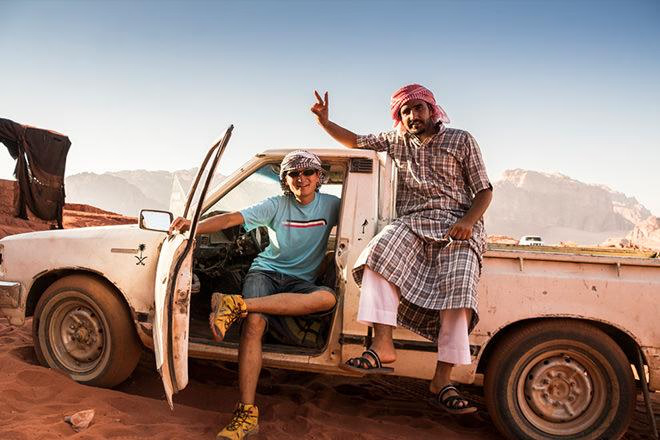
Jordan, July 2016. He receives many requests to take travel photos and travels around the world.
Profile of Masaya Abe
Born in Hyogo Prefecture in 1971. Influenced by his father, he started playing with cameras from a young age, and at the age of 14, he met Jun Miki, known as Mr. Nikon, who made Nikon known around the world, and was guided by him to become a professional photographer. He moved to Tokyo in 1990, and two years later, he quit the studio he was working at and headed to his dream of New York. He essentially became a freelancer from then on. However, due to the Great Hanshin Earthquake and other factors, he gave up on New York and returned to Tokyo in 1996, where he has remained ever since.
http://www.abemasaya.com/
(Interviewer: Kensaku Saguchi)
